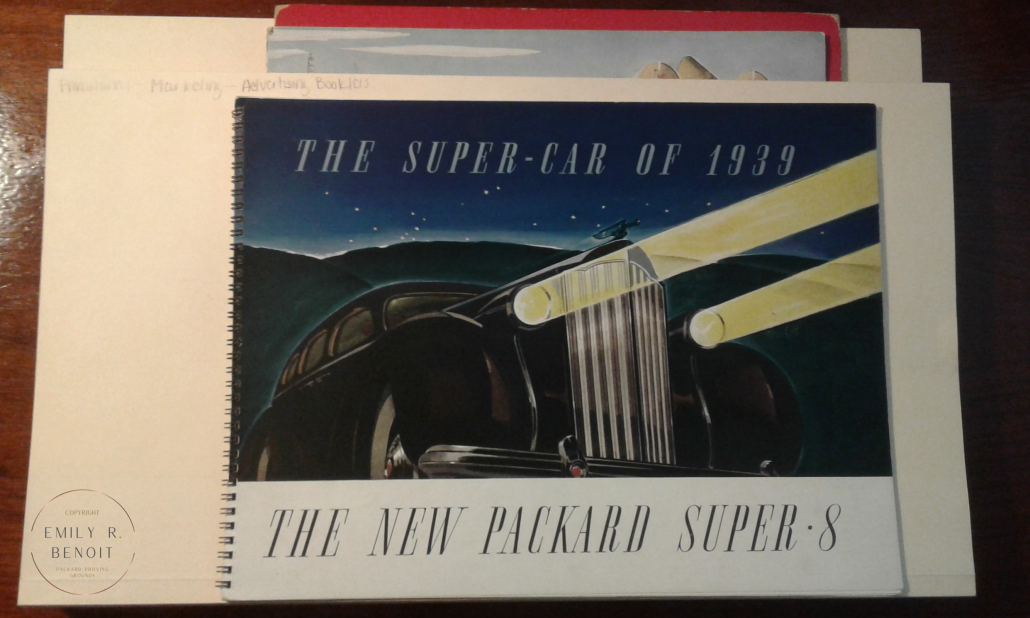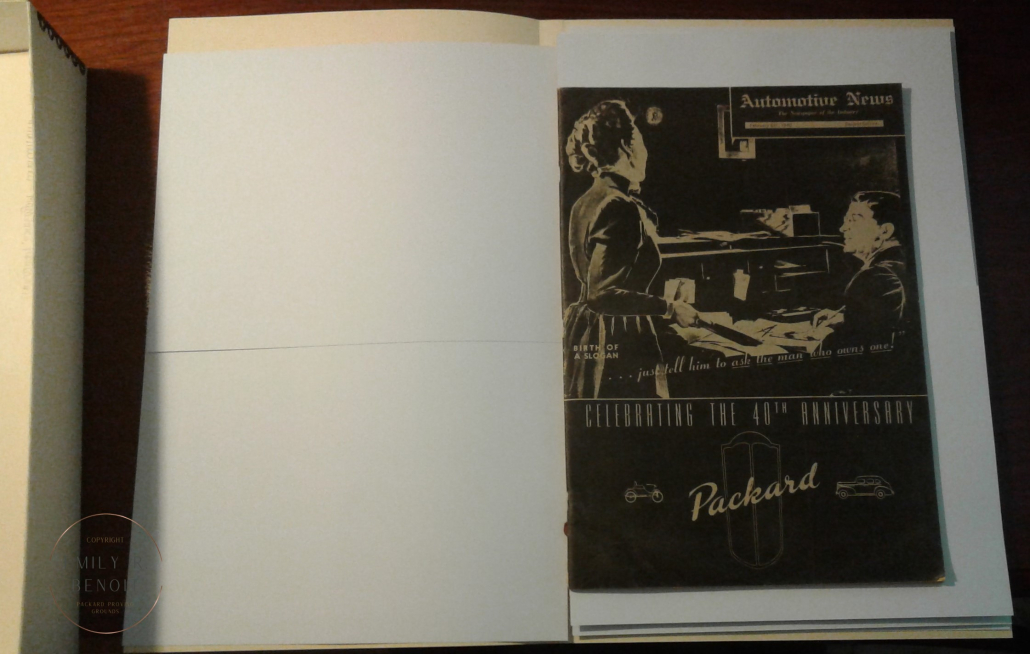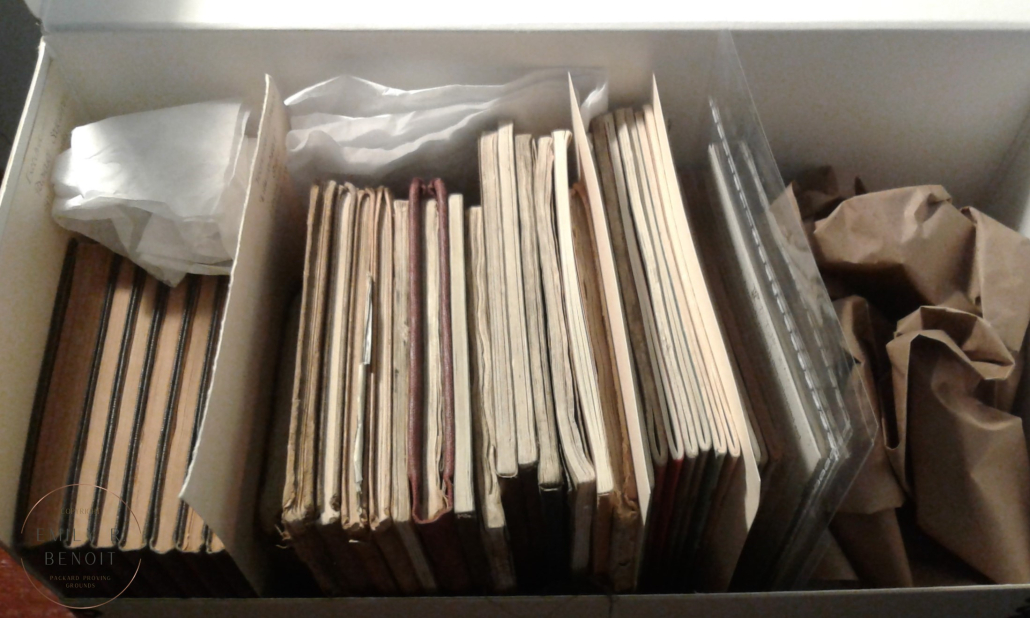Collection Processing: The Moment You’ve Been Waiting For (Rehousing!)
Now for the fun part: Rehousing.
Everything you’ve done with your collection thus far has prepped you to take it to the next level. By the time you rehouse, you should have completed the following steps:
- Gathered the materials you’ll be processing
- Created an inventory list of all of your materials (doesn’t have to be fancy)
- Identified the various series (and possibly subseries) inside your collection, grouping like things together by function or by format
- Researched the type(s) of storage materials your specific collection will need
All set? Let the rehousing begin! Depending on the size of your collection, this likely feels like another laborious, expensive chore. But if you’ve done the steps above, you’ve done most of the hard part already! Now it’s time to wash those hands, put on your nitrile gloves, and get down to business.
Start when you have all of your rehousing materials.
Don’t begin rehousing until you have all of your storage materials. This can be frustrating if you’re waiting on a shipment of materials to arrive. But it’s much easier to lay out your materials and plan for rehousing when you have everything in front of you from the get-go. Patience does pay off.
Once you have your materials – your storage boxes, acid-free folders, acid-free paper, and so on – spread yourself out and take stock of everything. This also means laying out your collection by series. Which leads me to my next point:
Go series by series – keep materials together whenever possible.
Functionally, it’s simpler to keep a complete series together, so plan to store like-items together as often as you can. However, as with many rules in the archival world, this one is very situation-specific. It’s always better to separate an item from its fellows than it is to cram too many items into one box and risk damaging them. But whenever it’s appropriate to do so, keep your series physically together.
Work series by series to house your materials. I usually find that it’s easiest to start with the series that’s either the weirdest in shape or size. My go-to is typically the series that’s quantitatively or qualitatively largest (either the most items, or the biggest items). Place items in their boxes in ways that make sense, which will generally be dictated by the format and shape of your items. Lay paper and photographs down flat, for example. Books should be standing up with their spines facing out, with some logical arrangement to their order. Support standing artifacts with wrapping, foam, or paper.
Take a look at these examples:
In the left-hand picture, you’ll see that the item is lying flat with acid-free paper between it and the rest of the folder. The right-hand picture shows how beneficial packing paper can be during the rehousing process. Any extra space in the box has been gently filled, so that the materials inside can’t jostle around and get damaged.
Label effectively.
Speaking of labeling, labeling is a very important aspect of the rehousing process. Labels help you keep track of what lives in which box, but it also helps researchers (carefully) sort through the materials with the least amount of handling. This way, you don’t have to dig through each box to see if you find something you want to look at. Again, the purpose of collection processing is not simply to put the materials in a high-quality box. Boxes protect artifacts from the elements: water, light, pests. Labels protect artifacts from the human elements, which is often far more dangerous. You want that high-quality box to protect the materials inside, yes. But your priority should be ensuring that what’s inside the box is well-protected from handling and overuse.
You don’t have to go into agonizing detail when labeling, and it’s not recommended to affix a label onto every single item. In paper-based collections, it’s often a good practice to stop at the folder level. What usually works best is “NAME OF COLLECTION – SERIES – SUBSERIES (if applicable) – FOLDER SUBJECT.”
Take a look at the example below:

This item comes from a folder that contains a grouping of items that are similar in scope. I didn’t label this specific item because the title is clearly visible and identifying it from the other items inside is easy. But I labeled its associated folder: PROMOTIONAL – MARKETING – ADVERTISING BOOKLETS.
Include your finding aid.
Next week’s post will be devoted to the finding aid, one of the biggest assets to your collection. Think of it like an exceptionally-detailed inventory list with included details about your collection as a whole. When rehousing, make sure you include the location of the materials on the finding aid – such as which folder is in which box. Be sure to check in next week to find out why that’s so important!
Do you have original Packard documents, photographs, publications, or memorabilia that might be of value to the Packard Proving Grounds Library and Archives? Contact the site for information about our collection focus and donation policies.




Leave a Reply
Want to join the discussion?Feel free to contribute!